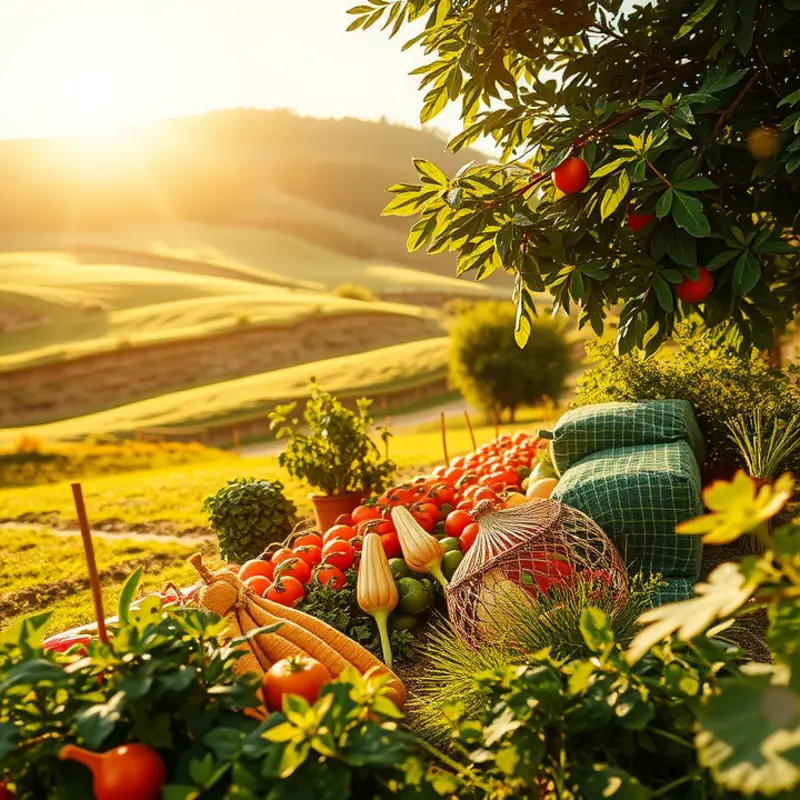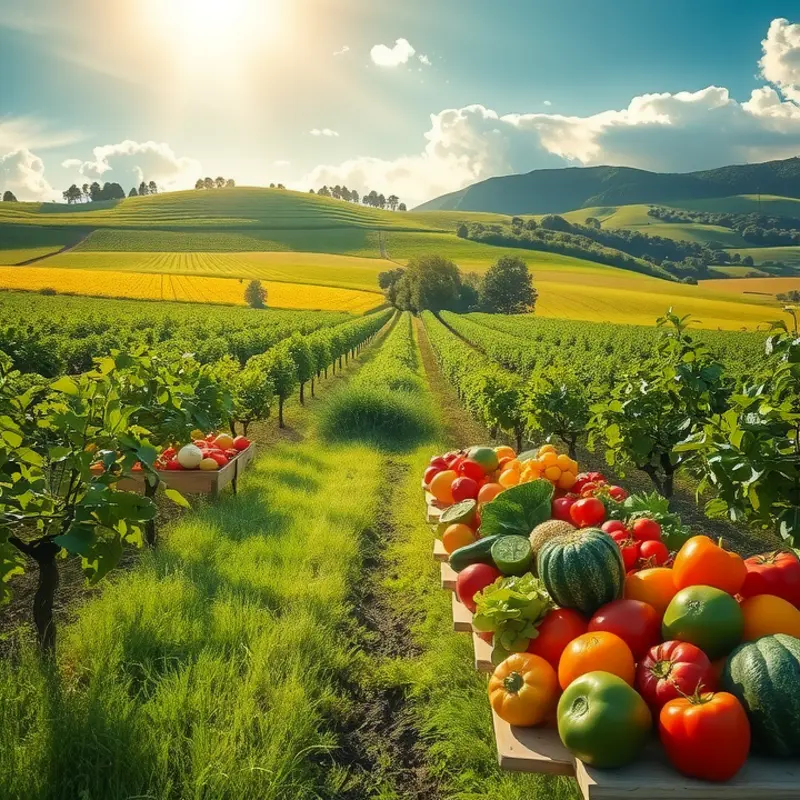Mastering flavor in your cooking can turn any meal into a culinary delight. Whether you’re a beginner or a seasoned home cook, ensuring flavor clarity is achievable with some straightforward techniques. This guide will unlock the secrets behind enhancing flavors, helping you to create dishes that not only taste delicious but also allow the natural ingredients to shine. Ready to elevate your cooking? Let’s get started!
The Power of Fresh Ingredients

Using fresh ingredients is paramount to achieving flavor clarity in any culinary creation. The vibrant burst of taste that fresh produce, herbs, and spices bring to a dish is unparalleled. The journey to flavor clarity begins with mindful choices at the grocery store or farmers’ market, ensuring that what you bring into your kitchen enhances your cooking rather than detracting from it.
Choose Seasonal Produce
Seasonal produce not only means better taste but often supports local economies and reduces your carbon footprint. A tomato in summer, plucked from the vine at peak ripeness, offers a depth of sweetness and acidity that its off-season counterpart cannot match. Look for regional guides or speak with local farmers to understand what is in season. You’ll find your dishes not only taste better but also connect you more deeply with the natural cycles around you.
Invest in Fresh Herbs
Herbs like basil, cilantro, mint, and parsley carry essential oils that give them their characteristic aromas and flavors. When these oils dissipate, so do the herbs’ potency. By adding fresh herbs at the end of cooking or using them as a garnish, you maximize their aromatic potential. A handful of herbs can transform a good dish into a great one, so consider growing your own if space allows. In warmer months, a kitchen windowsill garden can be an easy, continual source of freshness.
Use Spices Wisely
Spices are another area where freshness matters significantly. A freshly ground spice can provide a punch that pre-ground spices simply cannot replicate. Invest in a small spice grinder or mortar and pestle, and grind only what you need. Store your spices in a cool, dark place, ensuring they are kept away from heat and light which can degrade their quality. For tips on reducing waste while maintaining flavor, you might explore low-waste cooking and prep practices.
Another important consideration is understanding the nature of each spice. Some require a brief toast to unlock their flavors fully, while others are better when added closer to the end of cooking. For instance, whole cumin seeds can be toasted to enhance their earthiness, while delicate saffron should be infused gently to retain its fragrance.
Integrating these fresh ingredients into your cooking practice not only elevates the taste but also makes the act of cooking more rewarding. As you become attuned to the vibrancy of fresh ingredients, each meal becomes an experience of exploration. Every bite of a dish made with care and fresh components resounds with nature’s inherent flavors, a true testament to the power of quality ingredients.
Layering Flavors for Depth

Creating depth in a dish is akin to conducting a symphony where each ingredient plays its part in harmony. Flavor layering is an essential technique to achieve this complexity, leading to an enriched, well-defined taste profile.
Start your culinary creation by sautéing aromatics. Onion, garlic, or leeks are cornerstone ingredients that form the base of most dishes, imbuing them with an initial burst of flavor. Heat oil in a pan, then add these aromatics until they are golden and fragrant. This step not only enhances the base of your dish but also sets the stage for other flavors to build upon.
Next, aim for balance by combining acid and sweetness. Acidic elements such as lemon juice, vinegar, or tamarind can light up the flavors, acting like a highlighter on a page. Counterbalance this with sweet ingredients like honey, tomatoes, or carrots. This dance between sharp and sweet enriches the entire profile of your dish, bringing clarity rather than confusion.
One often overlooked but crucial strategy is to season gradually. Instead of dumping salt and spices into your pot all at once, introduce them slowly. Taste frequently to guide your adjustments. This method ensures harmonious seasoning, preventing any one element from overwhelming others. Remember, seasoning is not just about salt—consider adding depth with herbs, spices, or a splash of wine.
As you approach the finale of your cooking, finish with freshness. Fresh herbs or citrus zest sprinkled just before serving can transform a dish from good to sublime. A few torn basil leaves or a quick squeeze of lemon juice right at the end elevates flavors without muddling them. These finishing touches reinforce the clarity of flavors, making every bite vibrant and memorable.
For more on enhancing flavors without relying solely on salt, check out flavor boosters without salt. By applying these techniques, you can unlock new levels of flavor and depth in every meal, delighting the palate with each bite.
Final words
Ensuring flavor clarity is about making conscious choices in ingredient selection and preparation techniques. By focusing on fresh produce and appropriately layering flavors, you can enhance the taste of your dishes and celebrate the natural qualities of food. With practice, you’ll not only impress family and friends but also enjoy the satisfaction that comes from cooking with clarity and intention. Start applying these tips in your kitchen today and watch your skills and confidence soar.







